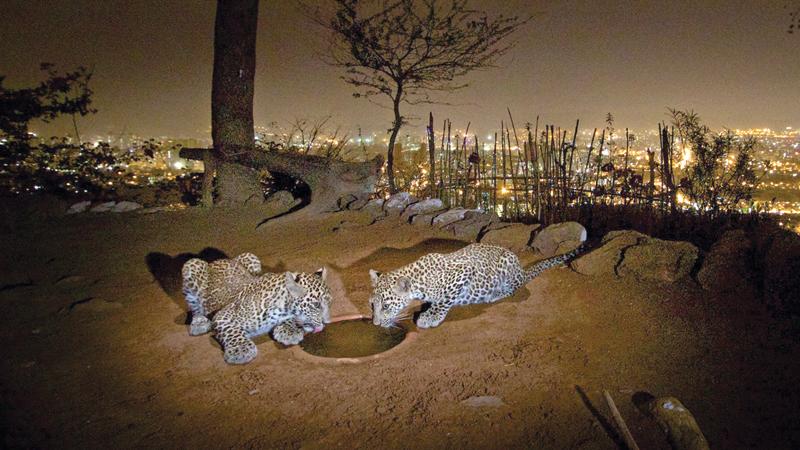
The monthly lecture organised by Wildlife and Nature Protection Society (WNPS) will be delivered by Director and Head of Science and Conservation at Wildlife Conservation Society (WCS) –India, Dr. Vidya Athreya at Jasmine Hall, BMICH on August 10 at 6 pm.
 Dr. Vidya Athreya |
The story of Leopards and Humans is one of two highly adaptable species increasingly having to share the same space. How do we ensure we minimise conflict between the two?
Leopards inhabit all climate zones of Sri Lanka, from the highlands to the coast; wherever there is sufficient habitat for them to live in, and prey animals on which to feed. Sadly, however, as unplanned development and illegal encroachment diminish these areas of their existence, they are being forced into increasing contact with humans.
This inevitably leads to conflict with the leopard, nearly always, being the loser. Between 2010 and 2020, no less than 102 leopard deaths were recorded at the hands of humans. Many more may have died unseen. Estimates place their number at being between 600 and 1,000 for the whole country. Unless something is done, and soon, the Sri Lankan Leopard faces threat of extinction.
Human-leopard interactions
It is not just with increased awareness but also with added learning that the leopard can be made safe. This augmented knowledge can come from the specialised research that is being undertaken in several areas of the country, and also from that adapted from similar such studies in other countries, particularly India, where human-leopard interactions have been prevalent for some time.
Dr. Vidya Athreya is certainly someone who is eminently suited to sharing of her knowledge on this. She is the Director and Head of Science and Conservation at WCS-India. Based in Pune, for the past decade, Dr. Athreya has been studying human-leopard conflict in Maharashtra. She also works closely with Protected Area Managers and the public to mitigate conflicts involving big cats.
In Western Maharashtra, where she concentrates her work, and in other parts of India, as in Sri Lanka, leopards inhabit a variety of habitats - from forests, tea gardens, and croplands, to private forests. These large cats have even learnt how to thrive in human-use landscapes including the edges of the city of Mumbai.
Policy guidelines
Dr. Athreya is a member of the IUCN Cat Specialist Group; she has assisted in formulating State and national level policy guidelines on managing human-leopard conflict. Her research has led to an increased awareness of large carnivores outside Protected Areas.
Dr. Athreya’s lecture will focus on leopard conservation strategies in India, the role of science and of engaging with the larger community; all working together to reduce conflict between this large cat and humans. As the human-leopard conflict in Sri Lanka is on the rise, there is much that we can learn too, and adapt, to preserve this precious species for posterity to marvel at.

